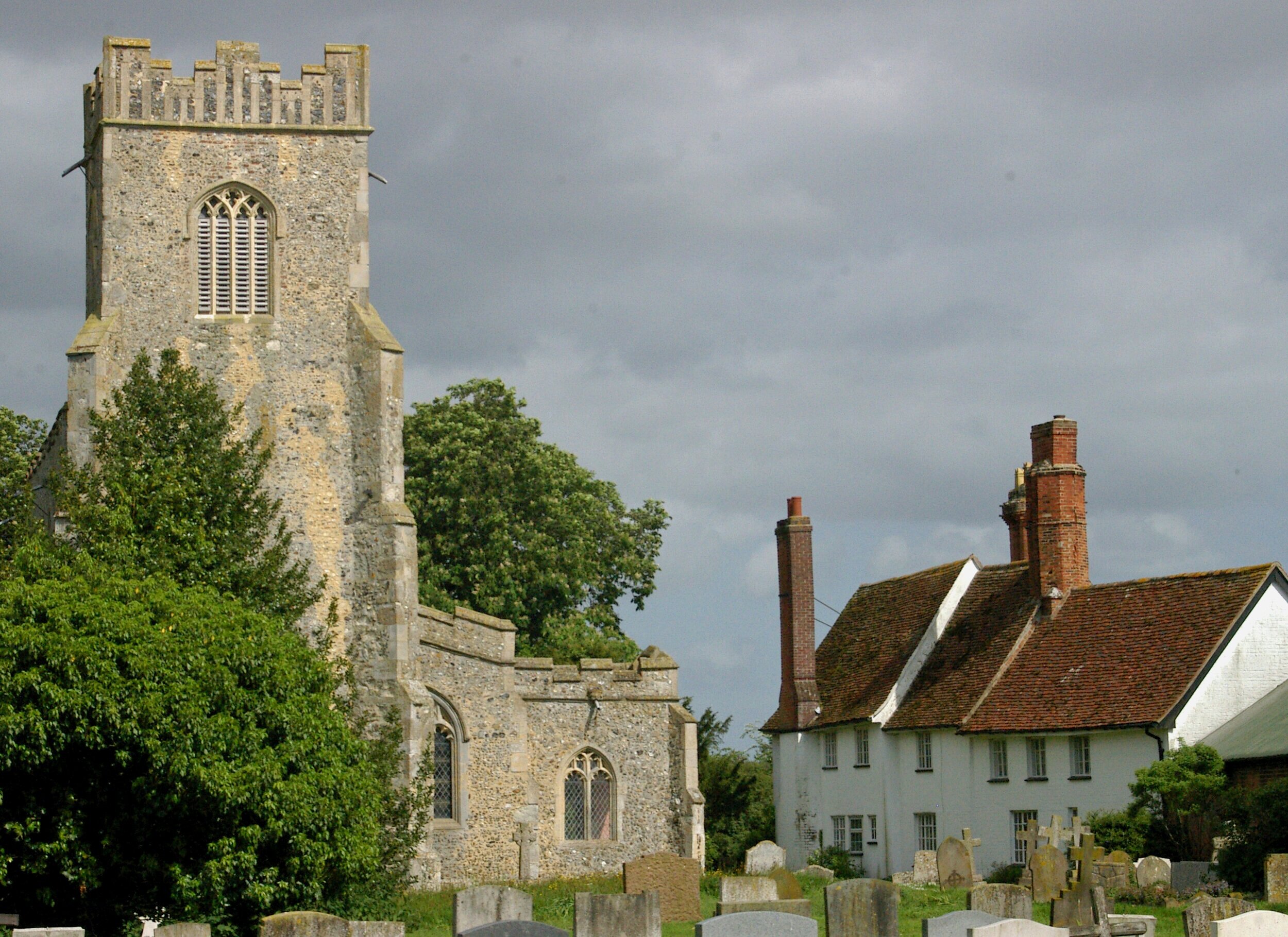
two bostons
The coat of arms of Boston, Lincolnshire (top image) also appears on a gate to the Massachusetts State House. Photo: John Morrison
The tale of two Bostons
Their histories are intertwined: Boston, Massachusetts, and its namesake, the medieval town of Boston, in Lincolnshire, England. Named Boston by the Massachusetts general court on September 7, 1630, the new settlement reflected its origins in name, people, and ethos.
Boston, Lincolnshire, and surrounding villages formed a Puritan stronghold. When discussions began about the possibility of a New England colony, Boston leaders were among them. Boston minister John Cotton traveled to Massachusetts soon after, as did Anne Hutchinson. The story of the two Bostons is that of a radical Puritan vision as it unfolded in what was, for them, a new land.
Find out more from these articles by Francis J. Bremer, award-winning author of many books on the Puritan migration, English Puritan communities, New England, and John Winthrop, and by Neil Wright, a leading historian of Boston, Lincolnshire, and author of Boston: A History and Celebration.

“We began to consult of the place of our sitting down….some at Charles Towne,… some [at] the place we call Boston.”
Thomas Dudley, letter to the Lady Bridget, Countess of Lincoln, from Massachusetts, March 12, 1631

